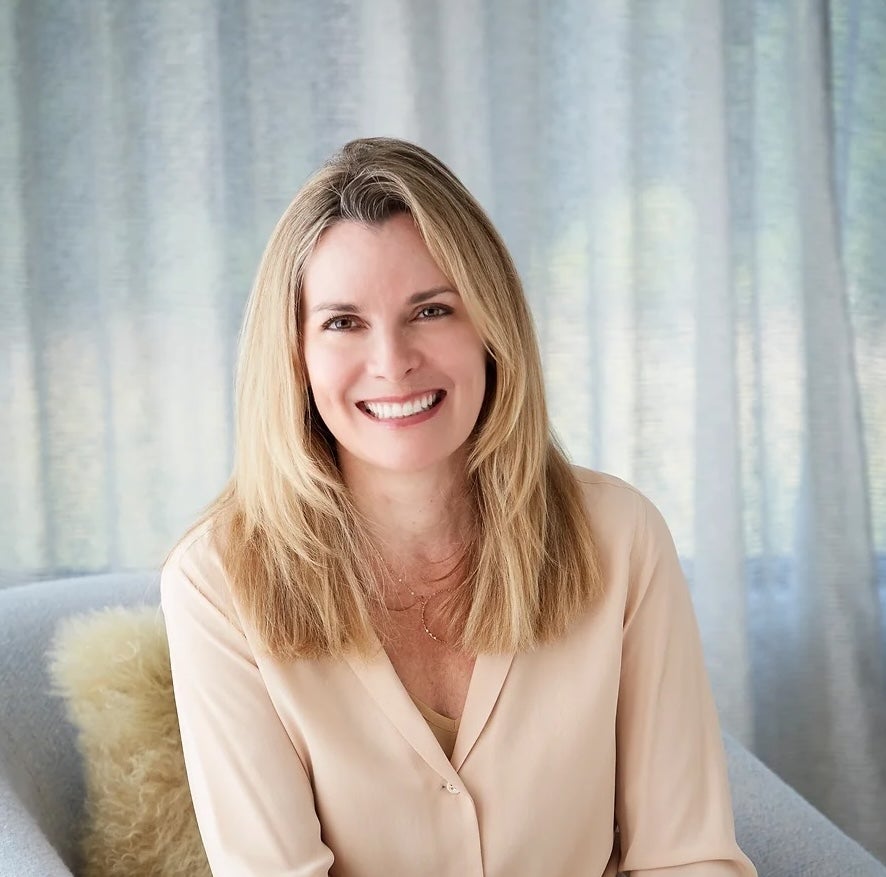The 50 States Project is a series of candid conversations with interior designers across the country about how they’ve built their businesses. This week, Milwaukee-based designer Kimberly Knight of Twig & Trove tells us how she builds lasting industry relationships, how her styling background shapes her design approach, and why she never takes more than three projects at once.
What was your path into the design industry?
I got a degree in neuroscience, and then I went to work in the marketing department at Nestlé. I was a product manager there—they only hired scientists, because you were interfacing with the R&D team, but the role was very creative and challenging. We launched new products, so [the job involved] everything from how it tasted to developing the branding, the label and all the marketing materials.
I ended up leaving when my husband, who is a physician, took his first residency in Boston. There, I was hired to do marketing by an internet firm, and they taught me how to code. This is back in the late 1990s, and I was designing early websites by the seat of my pants. The company I worked for was purchased by Sunglass Hut, which hired me as a consultant, and I designed and launched its first e-commerce website. When you’re developing a website, it’s all about interfacing with the consumer: How do you get them all the information they need to make a purchase online—especially at a time when people really weren’t used to doing that?
I went on to develop websites for [other companies] in Boston, and then I took a little break while we moved [to Chicagoland] and raised our kids. Then I ran into a friend from high school, who said she had opened a design-build firm in Libertyville, Illinois. I told her I was interested in that, and she said, “Come down anytime.” Well, I took her up on it—I was down there two or three days a week, and it developed into an unpaid internship. I just showed up, like, “Tell me what I can do for you,” and they taught me a lot. I ended up working for them, getting some little clients of my own through them and learning the ropes there.
What made you realize you were ready to fly solo?
When we moved to Wisconsin, I worked for an established high-end designer near me for a year. But I wasn’t doing anything that I really wanted to do. At the firm in Libertyville, they were very collaborative—sometimes they’d just be like, “OK, here’s a floor plan for each of you. One, two, three, draw,” and we would all draw our favorite floor plan, then take the best parts of each person’s plan, and I loved that. Now I’ve realized that is rare. But at the time, I missed having my own creative vision. To get that, I decided I’d have to do it on my own. So, in 2014, I launched my firm.
I was also doing [interior] styling at the same time. I had coordinated the photography for the designer I worked for, which is how I met the Chicago photographer and stylist Hilary Rose. While we were on set, she said to me, “You could do this. Why don’t you?” She invited me to some photo shoots where I assisted her, and then I did some on my own. In the process, you’re meeting the photographers, but you’re also meeting the designers. That was my first encounter where I was not competing with the designer—I was there to make their work look beautiful. Now I have a lot of designer friends [to talk shop with], which is so important to me. One of the things that I live for is authentic relationships.
What did it take to cultivate that network of designer friends?
I think you just have to be really authentic. People know when you’re not—when you’re just trying to leverage a relationship to get ahead. It also takes a little bit of work. You can’t just meet somebody and then expect to pick up the phone and ask them for something a year later. You have to keep in touch, just like any other friendship. You also develop relationships with vendors, and maybe they’ll say, “Hey, I know somebody that you would really click with.” I think it’s just about being open and taking the time to develop those relationships.
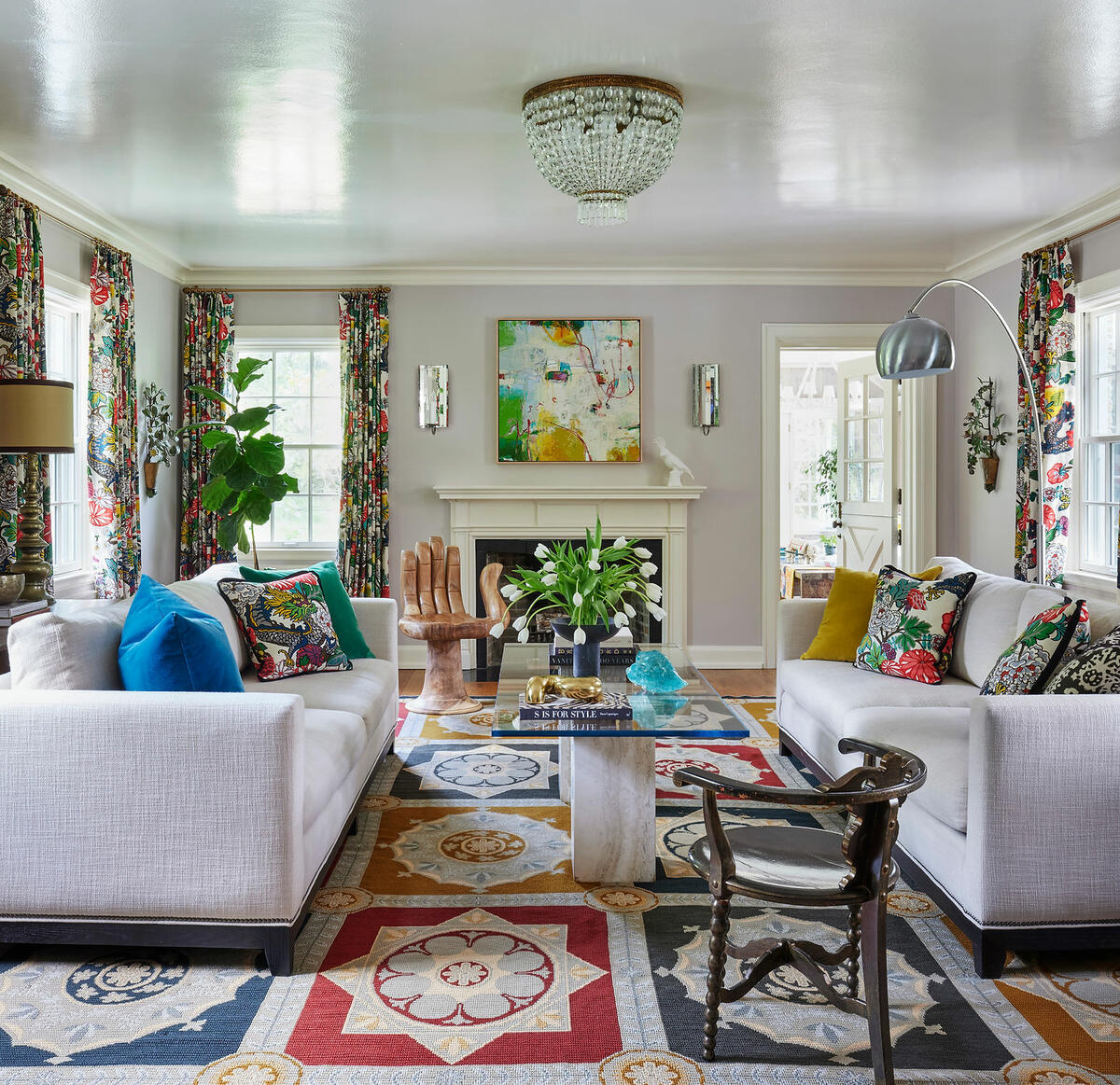
What does your firm look like today?
It’s really just me. I have had a full-time assistant in the past; now I have a contractual assistant and bookkeeper. I find that I do my best work when I can have my fingers on everything. I’m very meticulous. I have a vision in my head that I can picture, so it’s difficult to hand that off to anyone. My bookkeeper also does some of the procurement for me—I’ll just send her the selection and the deposit, and she’ll make it happen. But I still find that if I don’t do the initial “This is what I’m buying, this is where it’s going,” mistakes get made. And those are expensive mistakes.
I like to take big jobs that require a single vision. And I work on them one at a time, or up to three at a time. I do my best work when I can concentrate on one project concept and give it my full attention.
What makes you say yes to a client?
It goes back to relationships. I’ve definitely gotten myself into some situations where it was not a match, either creatively or just personalities. A lot of people aren’t willing to let go of the details—the minutiae of the process—and in that case, it’s really not a match. It’s so much extra work if you have to go to the client for every little thing. I like to say, “Here’s what I see for this room, and here’s a high-low budget for it. I’d like a retainer for that. I’m going to show you images, and you’re showing me images, and we’re going to work toward that design.” I always show them three palettes, but I don’t bounce all over the place—they’re all related. You have to have a certain amount of trust with your client, and you need that trust from your client as well. And not every personality can do that.
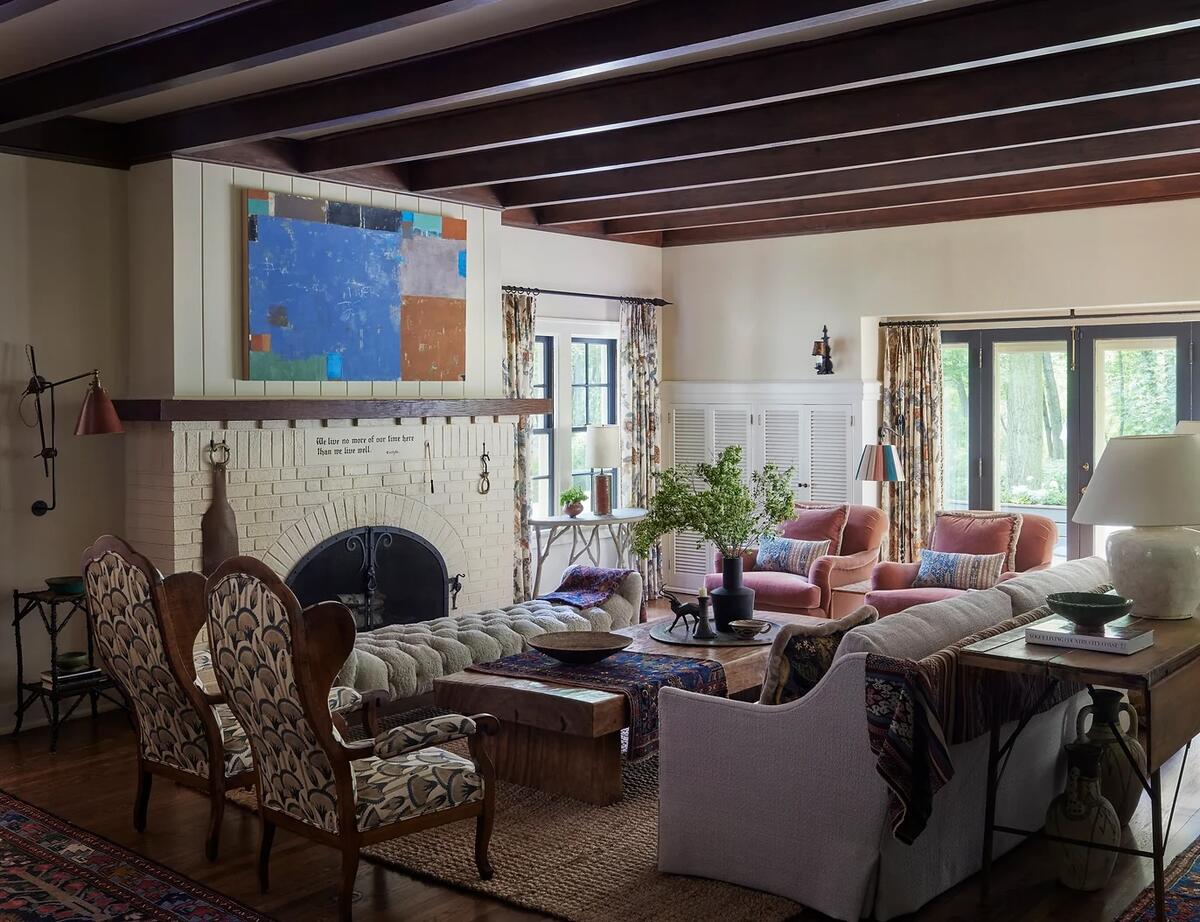
You mentioned a retainer upfront to help people get to the final design. How have you approached billing for your work overall?
Ideally, I have a retainer that reflects the scope of the project. I have a spreadsheet where I keep track of the budget, so I can tell them, “I came in under budget on this piece. This one is a little over, so is it special enough?” I have clients where I’ve done three projects for them, and I barely have to say that—I just fill them in at the end. I might say, “I’ve cut that piece, because look how great this piece is.” Or, “That’s not going to happen within the budget, but I did find you this unbelievable 1940s desk that is worth a little stretch.” But it’s too much work to go to people for each and every piece. It really is.
In terms of money, or in terms of approval?
I used to do it for every single thing. But then I thought, “That’s what they hired you for!” The whole “I’m going to buy you linen napkins to put on your table—what color do you want?” I mean, that’s not a thing, right? If I’ve got a little extra in the budget, I’m going to buy a couple vintage pieces to put on the bar cart. They’re just going to show up when we do the install. And those are the little surprises that the clients love.
Spoken like a true stylist!
I do think that comes from my styling background, because I know that it will not look good if you do not have all those accessories. When I would do installs for other people, you’d get everything in, and it was not ready for a magazine—it wasn’t even ready for the client reveal. I’d be like, “They just spent $100,000 on this room, and it looks OK.” That’s not right. It needs to be fantastic.
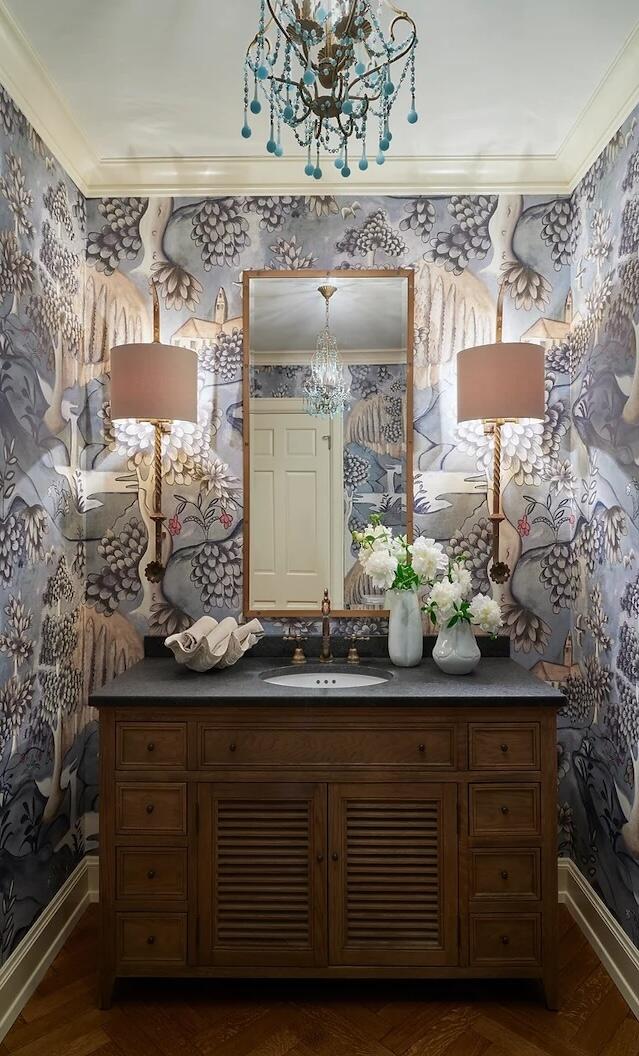
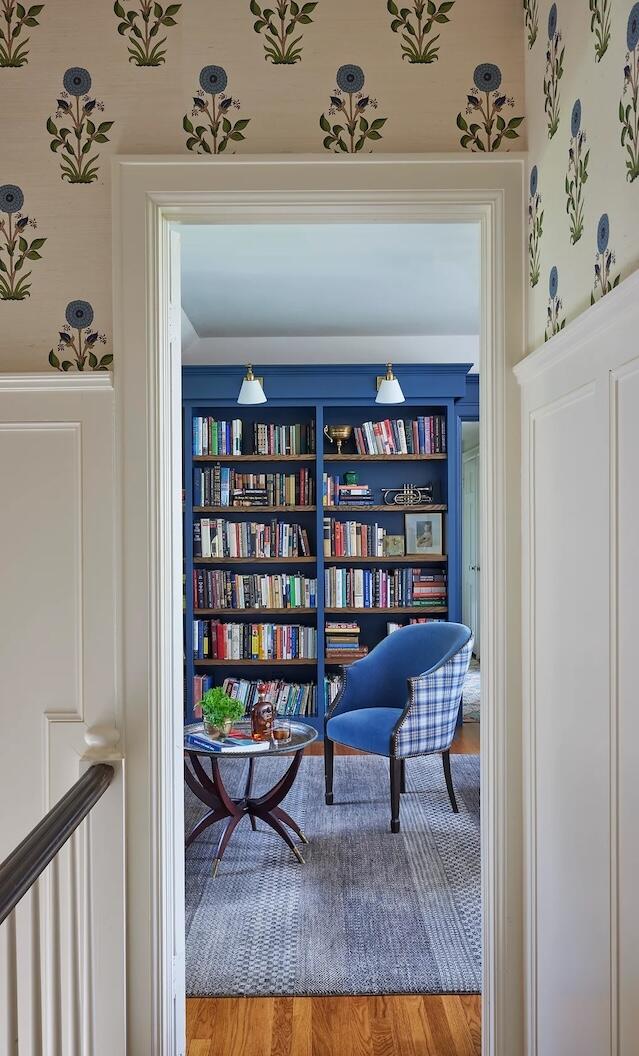
How do clients see what your services cost? Are you just charging that flat design fee, or do you also bill hourly for other work?
I bill them hourly for my assistants and invoice for that monthly, but I have gotten pretty good at estimating my own time. My contract outlines that I’ll present three concepts, and they’ll all be within the amount that I’ve [predicted]. If it takes more than three, my experience tells me that there’s something wrong—I’ve got to either figure out what I’m doing wrong, or if we’re plain old not a fit, it doesn’t bother me to say that in a nice way. I know how many hours I’ll spend on the project, so that retainer includes my hours.
My contract also explains my markup. I explain that the sofa is going to be a certain amount, and I charge a 30 percent markup on that, so your budget for that sofa is X. And I’m very transparent. If anybody wants to see my invoices, that’s fine. I don’t care if I’m buying a $20 ice bucket on Etsy or a $10,000 piece of upholstery—I want them to be able to see it and know that I’m not cheating them.
Is billing ever a pain point for you?
I think that’s a challenge for every designer. It’s not creative. It’s not fun. It can feel like it’s interfering with the way [you connect with your clients], especially if there’s anything unexpected [that comes up]. You just have to be really clear about, “This is what it’s going to cost,” and you try to come in as close to that as you can. I buy a lot of antiques—even in my more modern projects, I always include old things—and those things can be tricky. Even if you get something for really a great deal, you’ve got to get it to your client from Brimfield [Antique Flea Market] or Round Top or wherever, and those things can be hard to budget for.
The freight bill at the end is the worst! But I love that you are having the conversation with your clients upfront, like, “This is what the whole thing will cost. The end.” What made you want to take that approach?
I’ve had some really good clients who are businesspeople, and that’s how they expect it. Working with them taught me a lot. I also did some really high-end spec homes with one client, and then I did his home for him, and that’s what he wanted too: “Just tell me what it costs, and I trust you to make it beautiful.” He was interested, and he wanted to participate, but he wanted it to be clear-cut. After that project, I realized how much easier that had been for me too—it gave me a lot more energy and bandwidth for the creative processes when I wasn’t so worried about getting money for every little thing that a project needed.
You used linen napkins as an example before. How often are you buying literally everything for a client’s home?
My first really big clients were like that. He was a CFO of a big company and she was an accountant, so they were just numbers people, and they just wanted me to make it beautiful. They were moving into a new home, and they said, “We don’t want to move in here with any of our old stuff. We want you to buy our towels, flatware, plates, napkins—everything.”
How did you budget for that?
It took a lot of Excel spreadsheeting to come up with the right number. You know, with my background in business and marketing, I am killer with Excel spreadsheets. It’s always come in handy. And I know what’s in my drawers, so that’s how I approached it.
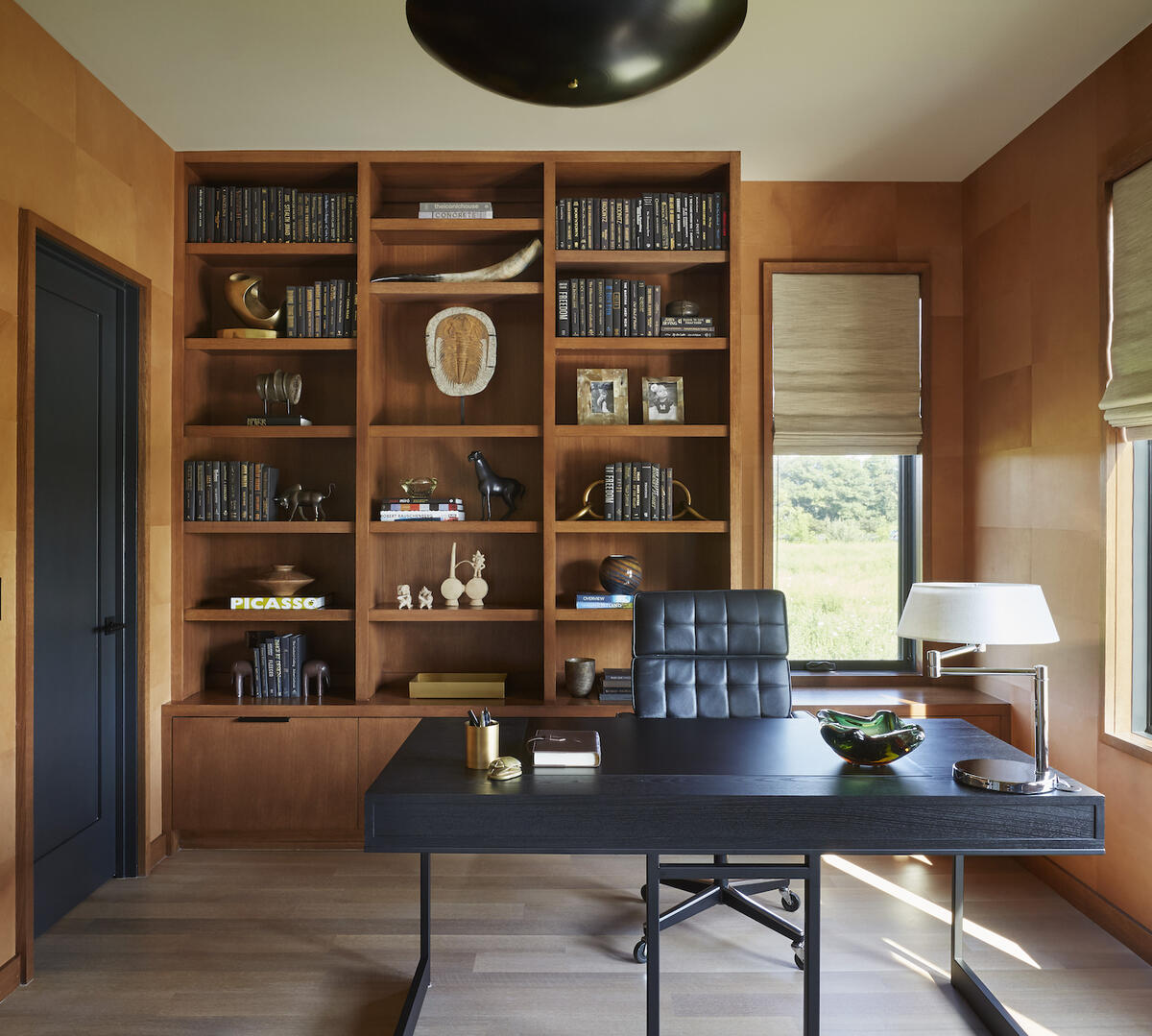
Can you tell me a little bit about the design scene in and around Milwaukee?
When we moved to Milwaukee, I didn’t know anything about it. But we happened to move into a wonderful neighborhood. While my home was a hunting lodge, it’s surrounded by mansions on five-acre plots and the oldest country club. The beginning of my network here was my friends and neighbors.
Are there local resources in Milwaukee, or is Chicago an important resource for you?
I do go to the Mart in Chicago. It’s so easy. You go, get your parking pass—and everything’s there. That’s especially [easier] for fabrics and wallpapers that I want to see in person. Shopping for furniture is more often [done] online for me, but I have to have faith in the quality of the product. I have to know that the drawer is going to open and close nicely. I don’t have to have seen that product specifically, but definitely other pieces from that vendor.
I don’t want to call out any vendors by name, but it’s tricky. Some of them look really good online, and the price points seem good—like, it’s easier to convince somebody to spend $1,000 on a bench than $3,000. But for that $1,000 bench, the client is also going to pay freight and my 30 percent markup, and now that’s a pretty expensive bench. I’m always asking myself, “What would I do if I wanted it for myself?” And often, I would try to get that extra 50 percent, or whatever it comes out to, and buy the nice one with the drawers that slide well and where the expectations match the price.
Are clients receptive to that idea that they should just pay an incremental amount more to get so much more in return?
If you’re already spending $10,000 on window treatments, some people understand why it makes sense to spend $11,000 instead. But it’s hard, because people in Milwaukee are not showy. They don’t like to spend a lot of money. Somebody who can obviously afford to be driving a Rolls-Royce might drive a Prius. Their thing may not be a car—and may not be their sofa, either. But they might be crazy about the fabric. So, if you notice what they’re wearing, you can say, “You know the difference between a Max Mara camel coat and the everyday one from Macy’s? This is the Max Mara, and this is the look-alike fabric. Here’s the difference in how this is going to wear, how it’s going to look.” You’ve just got to figure out their priority.
What does success look like for you?
It’s about my relationships. You have to be happy, and I know that work alone is not going to make me happy. Yes, I feel a great sense of accomplishment when I make a beautiful room, but it makes me even happier when the client’s happy, the vendors are happy because I’m sending them pictures—everybody’s in on the excitement. If you don’t have people to share that excitement with, it’s really fleeting.
To learn more about Kimberly Knight and Twig & Trove, visit her website or find her on Instagram.
















